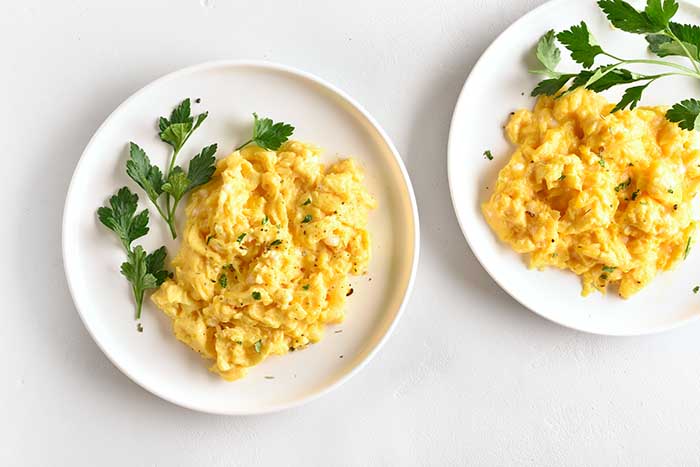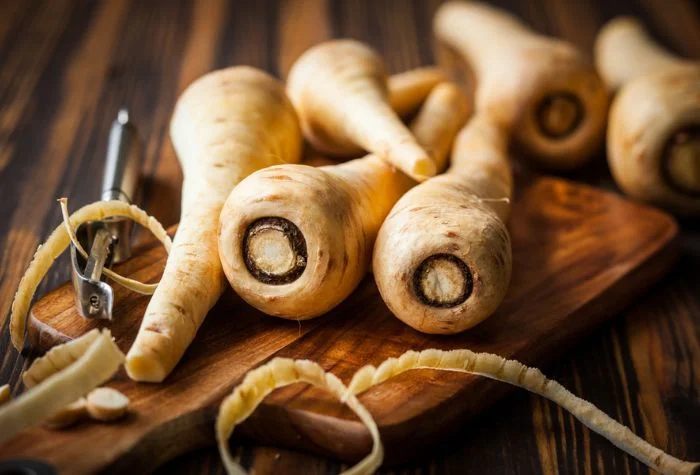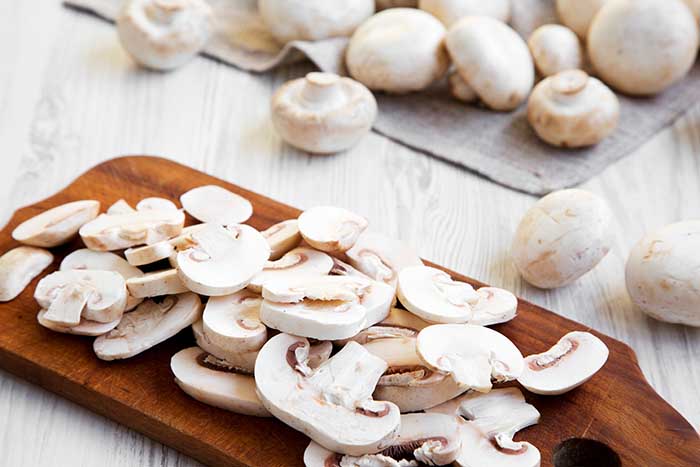Need a last-minute cooking substitute for fresh cilantro or coriander seeds? These best alternatives will get you out of trouble.
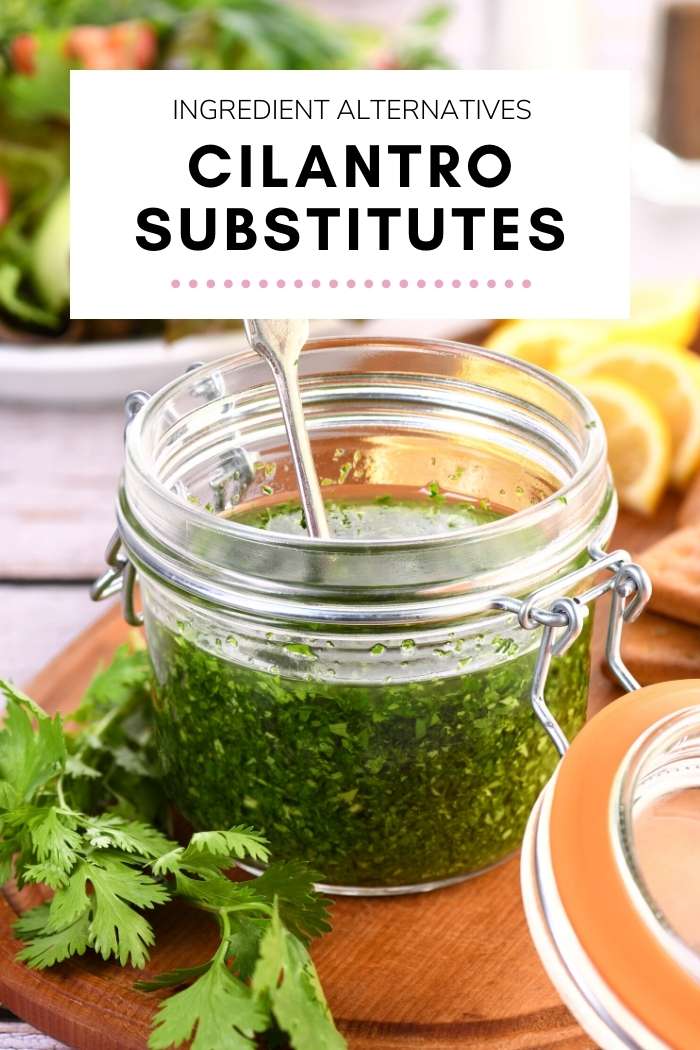
Cilantro is a herb used for various dishes. It is often confused with other herbs, but they have certain similarities, which is why you can have substitutes for it. It is often compared to coriander, and in some places, they are called by the same name. However, they are different. The seeds of the plant are known as coriander, while the leaves are cilantro. This is why a lot of people confuse the two. They may be the same plant, but they have different uses.
Cilantro leaves can be used fresh or dried. Fresh cilantro leaves are often used as fresh garnishes or in salsa. Cilantro has a warm and spicy taste. It can be described as being aromatic, bright, and also lemon. The taste is non-apologetic. So you may or may not like it. There’s no in-between as such.
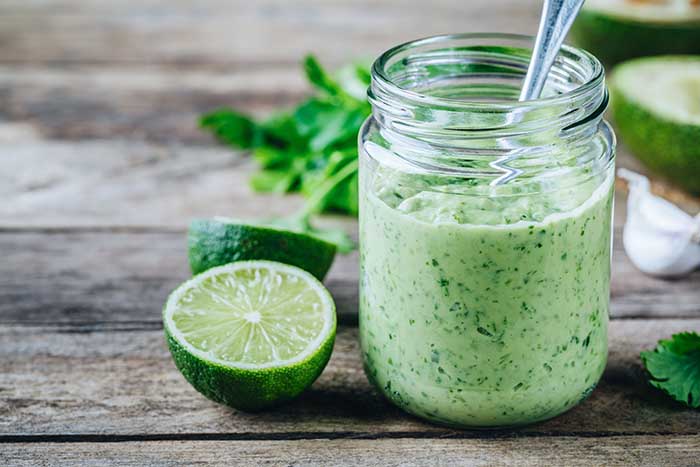
Whether you hate the taste or simply ran out of cilantro, you may encounter times when you need to find suitable cilantro substitutes. Keep reading to learn about herbs that are great substitutes for cilantro and how these substitutions differ from cilantro.
Basil
You may substitute fresh cilantro with basil, and to be specific, Thai basil, which grows in South East Asia. It can be eaten raw, which means that it works well in salsas that would ordinarily call for fresh cilantro. The advantage of Thai basil over Italian basil is that it looks much better. This is why it makes a good substitute for fresh cilantro.
The citrus-like taste you get in cilantro is also present in basil, making it a good substitute. There is also the common element of pepper-like taste. You may use equal amounts of it as you replace one for the other.
Parsley
Parsley will work well as a cilantro substitute because they belong to the same family and can be used in the same way and look similar to each other. Flat-leaf parsley especially looks a lot like cilantro. So if you intend to use it for garnishing, then you can rest assured that it won’t throw off the look of your dish. The difference is that parsley is a darker green shade.
Parsley has a more bitter taste than cilantro, but the pepper element is milder, so when you substitute using flat parsley, you can add more than the cilantro that you would ordinarily use. Taste the dish as it goes along to make sure that you do not overdo it. One of the downsides is that it does not have the same citrus hints that cilantro has.
Lemon or Lime

Cilantro is known to have a light and citrus-like flavor. This is something synonymous with citrus fruits, such as lemon or lime. So using either one in place of cilantro will give you the same flavors. Adding a squeeze of lemon or lime in place of cilantro will give it a citrus-like flavor and zing, perhaps even more than cilantro would give you.
The downside is that you will have to forego the bright green color that you get from cilantro. However, lime or lemons work well as a cilantro substitute when you need to use it as a garnish rather than in a recipe that requires a lot of cilantro.
Mint
Mint, just like cilantro, is a green herb, and it is often used as a garnish, especially in its fresh form. The family has about 15 or 20 species. It’s often used to brighten a dish in the same way that cilantro is used. The advantage of using mint in a dish is that it can help reduce sodium and sugar intake. In addition, it has numerous health benefits, such as having antioxidant properties.
Mint has a soothing effect when it is added to dishes. It is also fresh and has some sweetness to it. These are some of the factors that make it a good substitute for cilantro. It can be used as a garnish in equal amounts as you would add cilantro. However, you may need to bump up the warmth of the dish by adding coriander.
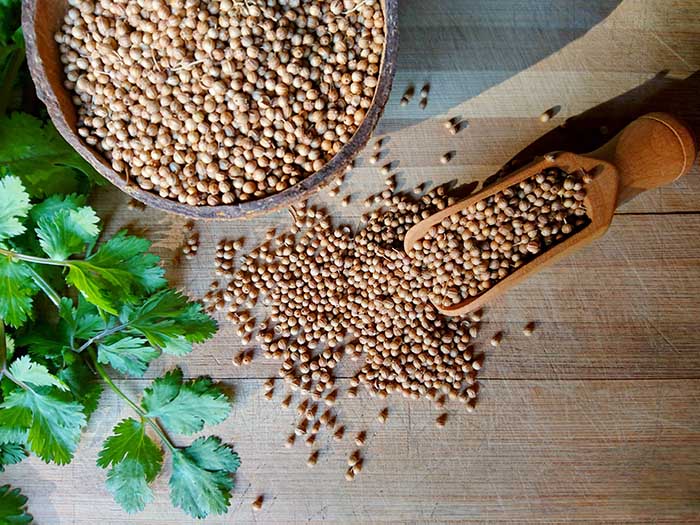
Dill
This is a herb related to celery and has fur-like green leaves. It’s great for garnish, but it doesn’t look anything like cilantro. This is in terms of the shape of the leaves. The color remains the same. Dill has a licorice-like flavor which is also relatively mild. However, it is essential to keep in mind that it can change taste when the dill flowers can have a change in taste and soon become a bit more bitter.
While dill is close to parsley, the two are different. The taste of this herb is both sour and spicy. It works well as a substitute for cilantro, especially in salsa. The sweetness, coupled with the spiciness, makes it a perfect fit for salsa. It pairs well with mustard and also adds depth to salsa. When it comes to ratios, use1 a teaspoon of cilantro for every one teaspoon of dill. Just keep in mind that it’s potent.
Cumin
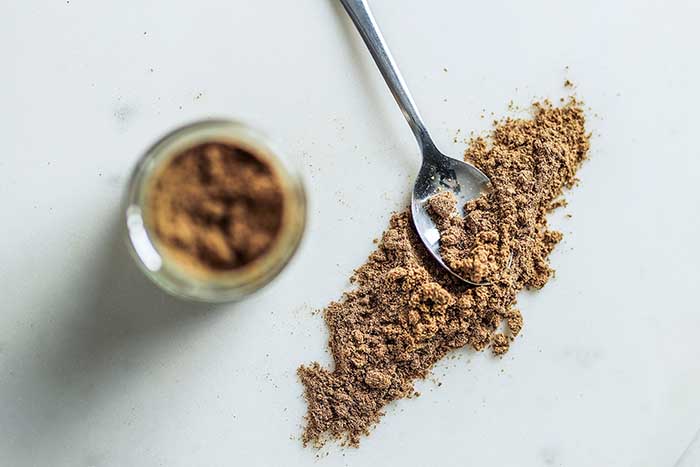
Seeds from the cumin plant are the ones that are harvested and used in recipes alongside other spices. You can use them in place of ground coriander, which are the seeds of the cilantro plant. It has a brownish color. Cumin can either be used in its whole form or ground. In this instance, where you are looking for a substitute for ground coriander, you will need ground cumin, which comes from the ground Cuminum cyminum plant.
Cumin differs from coriander in that it is more bitter. Also, cumin has a darker and warmer favor as compared to ground cumin. Even though the two differ slightly in taste, you can use a one-to-one ratio. So one. Just a teaspoon of cumin can be used in place of 1 teaspoon of ground coriander.
Garam Masala
This is a firm favorite because it’s a spice blend. It’s got a little bit of everything. The combination may vary depending on where it’s made. However, it will usually have coriander as part of the spice blend. Other spices in the spice blend may include cloves, cinnamon, turmeric, peppercorn, mace, and bay leaf.
Since coriander is one of the spices in this blend, using it will help fill the gap. However, to use it effectively, add garam masala according to taste. Just keep in mind that the other spices that it may have could alter the taste of your dish.
Curry Powder
Curry powder differs according to the company that has made it. It’s a blend of spices, and the way it is mixed and the herbs used, are what will determine the resultant taste. You can use it as a coriander substitute because, often, curry powders contain coriander. However, in most cases, curry powder will have both sweet and spicy tones to it, and as such, it can easily replace the depth offered by coriander. When you use it as a substitute, make sure to use a small amount and add more as you taste and go along. This way, you keep a handle on the level of spiciness.
Caraway Seeds
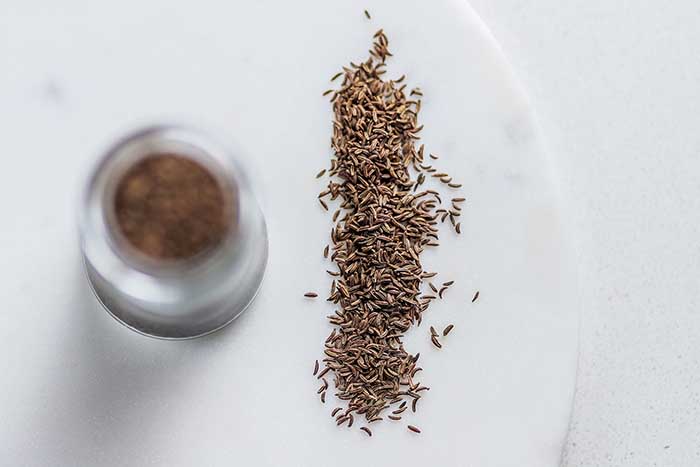
Caraway is popular because it is one of the spices with the closest taste to coriander. This means that it can be used in coriander recipes without changing the recipe too much. Caraway has an earthy and slightly sweet flavor. It pairs well with desserts, vegetables, and baked goods, amongst other dishes. When using it in place of coriander, start with a small amount and add by taste.
Thai Basil
True to its name, Thai basil is an herb native to Southeast Asia that is often used in Thailand and its neighboring countries. Thai basil belongs to the basil family, but it’s a little different from the basil that gets used in most European cooking. The biggest difference is the texture: Thai basil has tougher leaves, making it a better option for recipes where the herbs need to cook for a while.
In terms of taste, Thai basil has a more intense, spicy flavor than regular basil. It also has a slightly bitter, licorice-like taste.
Thai basil works well as a substitute for cilantro or coriander in Asian dishes such as curries because it adds a bright intensity in terms of flavor. It works particularly well in dishes where you’re supposed to cook the coriander for a bit (as in the curries mentioned above) because the sturdier structure of Thai basil holds up to the intensity of heating.
Fresh Chopped Rau Rum (Vietnamese Coriander)
The name of this herb already tells you that it will make a good cilantro substitute (coriander and cilantro are sometimes used interchangeably because they come from the same plant).
Rau rum, also known as hot mint, is an herb native to Southeast Asia. It has distinctively flat, pointy leaves with purple streaks.
Another distinctive quality of rau rum is its flavor. This herb has a peppery, spicy, almost lemon-like flavor. It manages to bring freshness and subtle heat to most dishes. Rau rum is a staple ingredient in many Southeast Asian dishes including Malaysian laksa.
Vietnamese coriander got its name because it tastes similar to coriander although with a bit more heat. It makes a great substitute for cilantro and coriander in most recipes as long as you don’t mind the comparative intensity in flavor. It works best in Asian dishes such as curries and Southeast Asia-inspired soups.
If you’re cooking for someone with the gene that makes regular cilantro taste like soap, that won’t affect rau rum because this plant is not genetically related to the coriander plant despite its name.
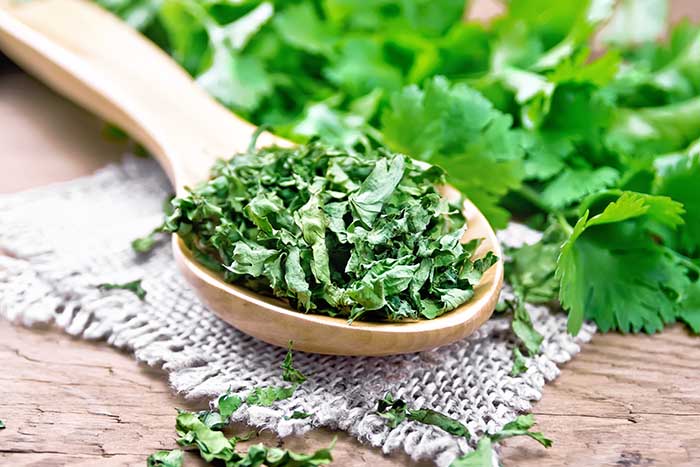
FAQ
Fresh Cilantro vs. Dried Cilantro
Fresh and dried cilantro both come from the same plant, but they have different uses and flavors.
Fresh cilantro has a strong, peppery flavor that has bright, citrusy notes. Chopped up, it has a leafy texture. Fresh cilantro is very versatile because it can work as a garnish or as an ingredient in cooked dishes such as curries. However, some people find the flavor of cilantro off-putting because they have a special gene that makes the leaves of the coriander plant taste like soap to them.
Dried cilantro has a much milder flavor than fresh cilantro, which is unusual because most herbs taste more intense as they dry. Dried cilantro has a more brittle, powdery texture and doesn’t make for a good garnish (if you don’t have fresh cilantro on hand, you’re better off using another herb as a garnish than dried cilantro). However, dried cilantro is great in soups, curries, and stews because its flavor will release as it cooks down.

